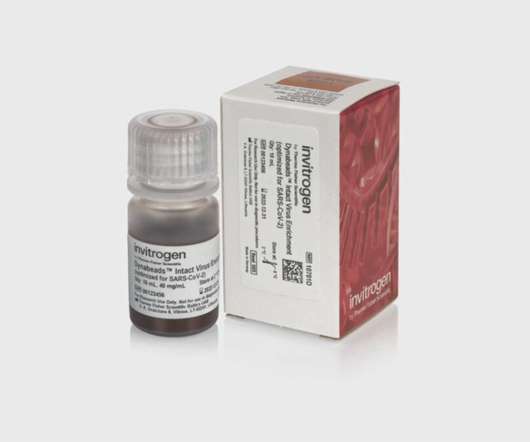OTAT Town Hall on Cell Therapy CMC – The Recording is Available but Here’s an Appetizer
FDA Law Blog: Drug Discovery
JANUARY 4, 2023
Brevig, Senior Regulatory Device and Biologics Expert — On December 7, 2022, FDA’s Center for Biologics Evaluation and Research (CBER) and the Office of Tissues and Advanced Therapies (OTAT) held a town hall to answer questions related to cell therapy and tissue-engineered products chemistry, manufacturing, and controls (CMC). By Holly N.










Let's personalize your content